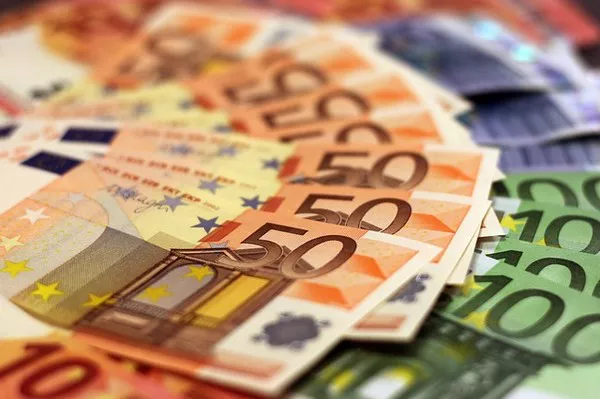The European Sovereign Debt Crisis, often referred to as the Eurozone crisis, was a period of financial turmoil that struck the European Union (EU) starting in 2009, following the global financial crisis of 2008. The crisis had significant ramifications on European countries, leading to economic instability, political unrest, and social upheaval. One of the notable terms associated with this crisis is “PIIGS,” representing Portugal, Ireland, Italy, Greece, and Spain, the nations most severely affected by the crisis.
Precursors to the Crisis:
The global financial downturn of 2008–09 served as a precursor to the European Sovereign Debt Crisis. The collapse of the U.S. housing bubble, fueled by subprime mortgages and toxic debt, reverberated across the world, triggering a widespread financial meltdown. European financial institutions, heavily interconnected with their American counterparts, faced significant losses, exacerbating the economic turmoil.
Causes of the Crisis:
The financial crisis of 2007–2008 exposed the vulnerability of global financial institutions and their interconnectedness. European economies, already grappling with structural issues, were ill-prepared to weather the storm, leading to severe economic contractions during the Great Recession (2008–2012). The crisis further intensified due to the bursting of real estate bubbles in several European countries, where inflated property values plummeted, exacerbating financial strain.
Peripheral Eurozone states, including Greece, Portugal, and Ireland, faced significant fiscal challenges exacerbated by unsustainable debt levels and reckless government spending. These nations struggled to generate sufficient revenues to cover their expenses, relying heavily on borrowing to finance budget deficits.
Spread of the Crisis:
The crisis unfolded across Europe in a cascading fashion, with Iceland’s banking collapse in 2008 marking the onset. The contagion soon spread to other vulnerable economies, including Portugal, Italy, Ireland, Greece, and Spain, amplifying financial instability and eroding investor confidence. This loss of confidence had profound implications for European businesses and economies, leading to a spiral of distrust and economic uncertainty.
Response and Solutions:
European countries and international institutions mobilized to contain the crisis, offering financial guarantees and assistance through entities such as the European Central Bank (ECB), International Monetary Fund (IMF), and European Financial Stability Facility (EFSF). These measures aimed to stabilize financial markets, restore confidence, and prevent further economic deterioration.
However, the implementation of austerity measures, coupled with rating agency downgrades, intensified the economic pain for affected countries. Lenders demanded higher interest rates to compensate for perceived risks, making it challenging for Eurozone states to finance budget deficits amidst sluggish economic growth. Consequently, austerity measures led to social unrest and a loss of confidence in political leadership across Europe.
Peak of the Crisis (2010–2012):
The peak of the European Sovereign Debt Crisis coincided with lenders’ insistence on higher interest rates, exacerbating the financial strain on already struggling economies. Eurozone states faced mounting pressure to implement stringent austerity measures, resulting in widespread protests and social discontent. The crisis underscored deep-seated structural flaws within the Eurozone and prompted calls for institutional reforms to prevent future financial crises.
In conclusion
The European Sovereign Debt Crisis was a multifaceted phenomenon rooted in global financial imbalances, lax regulatory oversight, and unsustainable fiscal policies. While concerted efforts were made to mitigate its impact, the crisis laid bare the need for comprehensive reforms to strengthen the resilience of the European economy and prevent similar crises in the future.


